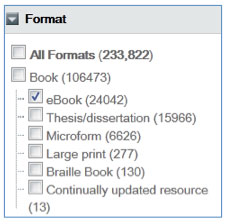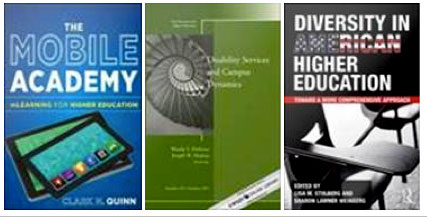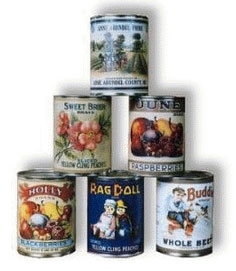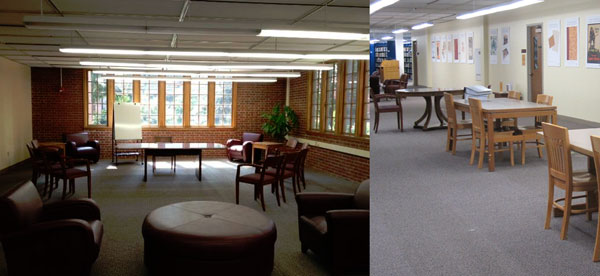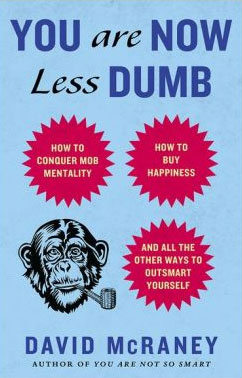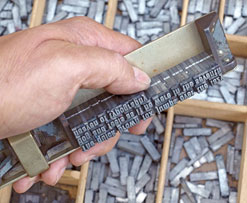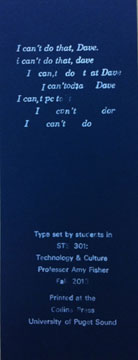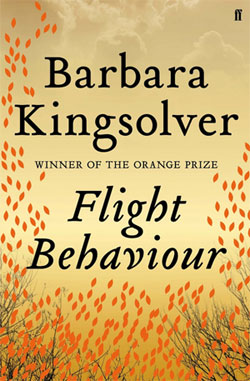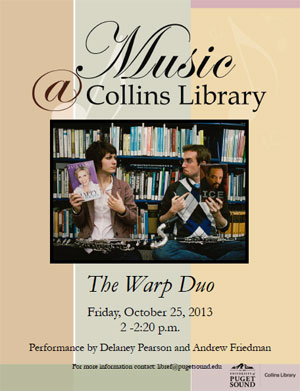By the Numbers
If there is any doubt that students use the library, let these numbers dispel that misperception! We recently updated our library dashboard to reflect September 2013 statistics and you will be happy to know that Puget Sound students are still hitting the books – whether they be print or virtual! For a full review of our library usage, check out our dashboard. In the meantime, have a look at these impressive stats:
- Check- outs for the month of September: 5, 198
- Visitors to our webpage: 32, 978
- Streaming Media added to the collection: 2, 335 new titles
- Visitors to the Collins Building: 35, 133
Most widely used electronic journals:
- Medicine and science in sports and exercise
- Harvard business review
- Nature (London)
- Archives of physical medicine and rehabilitation
- The British journal of occupational therapy
- The Economist (London)
- The New York times
- British journal of sports medicine
- Sports medicine (Auckland)
- The American journal of occupational therapy
- Journal of strength and conditioning research
- Occupational therapy in health care
- Spine (Philadelphia, Pa. 1976)
- Journal of autism and developmental disorders
- Disability and rehabilitation
Most widely used databases:
- Academic Search Premier
- ProQuest Research Library
- SAGE Premier 2011
- Orbis-Cascade Wiley-Blackwell Full Collection 2012
- ScienceDirect Journals
- Business Source Complete
- SpringerLink Contemporary – Orbis Cascade Alliance
- Taylor & Francis Online
- LexisNexis Academic
- Journals@Ovid Ovid Full Text
- PubMed Central
- Project MUSE – Standard Collection
- HighWire Press
- Directory of Open Access Journals
- Family Health
Need Information? Don’t forget the Collins Memorial Library Library Guides
Questions? Contact your liaison librarian
Comments: Contact Jane Carlin, Library Director
Remember – Your best search engine is a Librarian!


